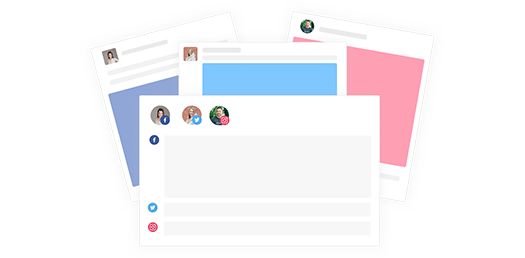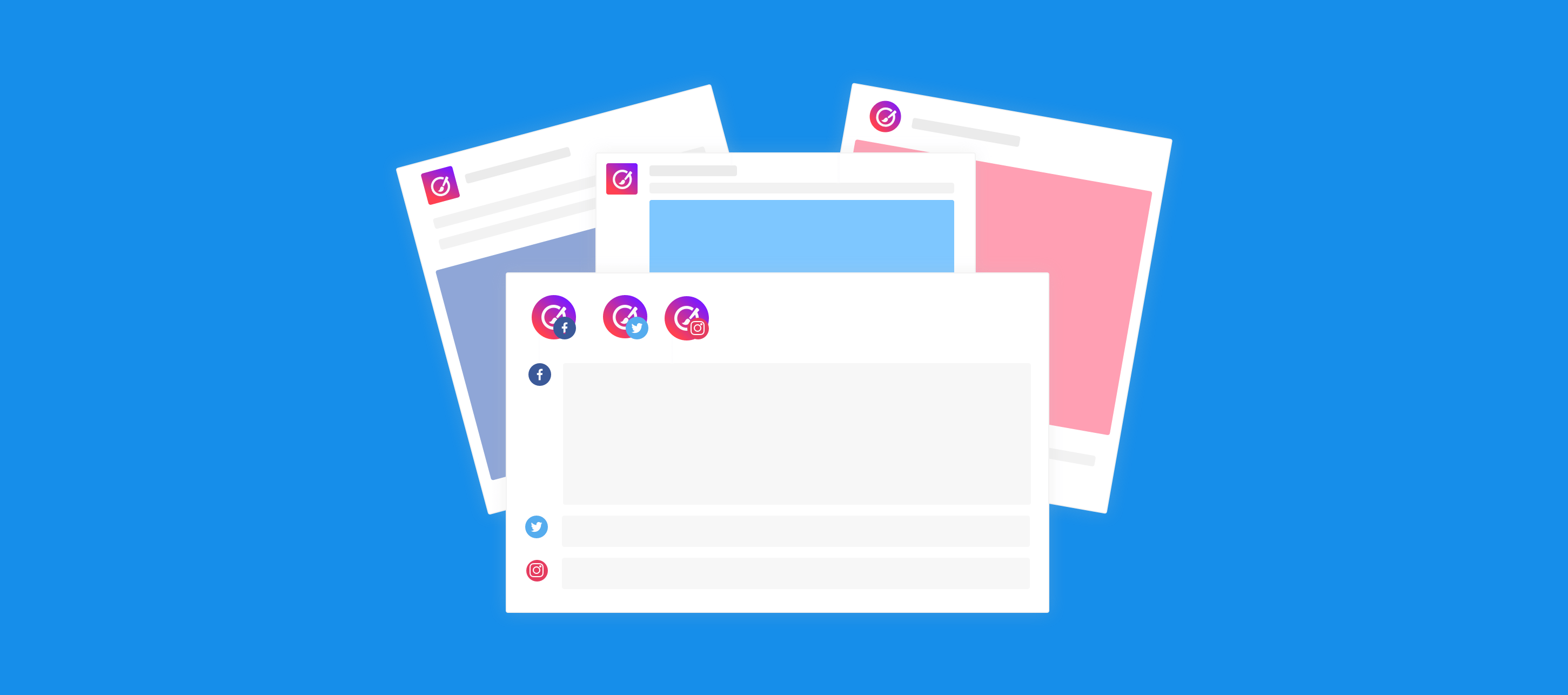
How to Craft the Perfect Post on Facebook, Twitter and Instagram
Head of Content at Buffer
Managing a social media strategy is consistently challenging for individuals and businesses of all sizes.
There’s the art of uncovering when to post your content. Continually measuring your ROI and social analytics. And, of course, the constant demand for fresh, engaging content to be shared.
Added to that, each major social network has continued to diverge both in how they are set up and what your audiences expect on each one. Each different platform also has its own set of character limits, best times to post, ideal image sizes and more. The way to get the most engagement on Instagram is very different than Twitter for example, – even for the same exact article or topic!
With limited time and resources, creating a unique post for each social media channel can be a challenge, but it’s well-worth the effort.
So what does the perfect post for each social network look like?
In this article, we’ll guide you through the process of creating epic, engaging and beautifully crafted messages for Facebook, Twitter and Instagram. We’d also love to share a very special new Buffer feature with you to help you craft the perfect update for every social platform in one seamless experience.

Apply best social media marketing practices and enjoy greater customization of posts with Tailored Posts in the Buffer browser extension.
Learn more about Tailored Posts
Why you should tailor your content to each social channel
From our own research and in seeing the best practices of brands like Nike, NASA and leading agencies like VaynerMedia, we’ve noticed an increasingly common trend – prominent brands and those successful on social media are changing their message between networks for any given post.
Some examples of this include:
- Adding hashtags to posts on Twitter and Instagram
- Having a longer description on Linkedin and Google+
- Tell stories and use more shareable copy on Facebook
Having a unique voice and sharing content with a message targeted to the right audience on the right network, can make a huge difference in the amount of engagement your posts get and how far your message reaches.
Tailored content in action
Here’s a look at how Nike share the same content and message across different platforms:
On Facebook, Nike has made great use of the large Facebook character limit:
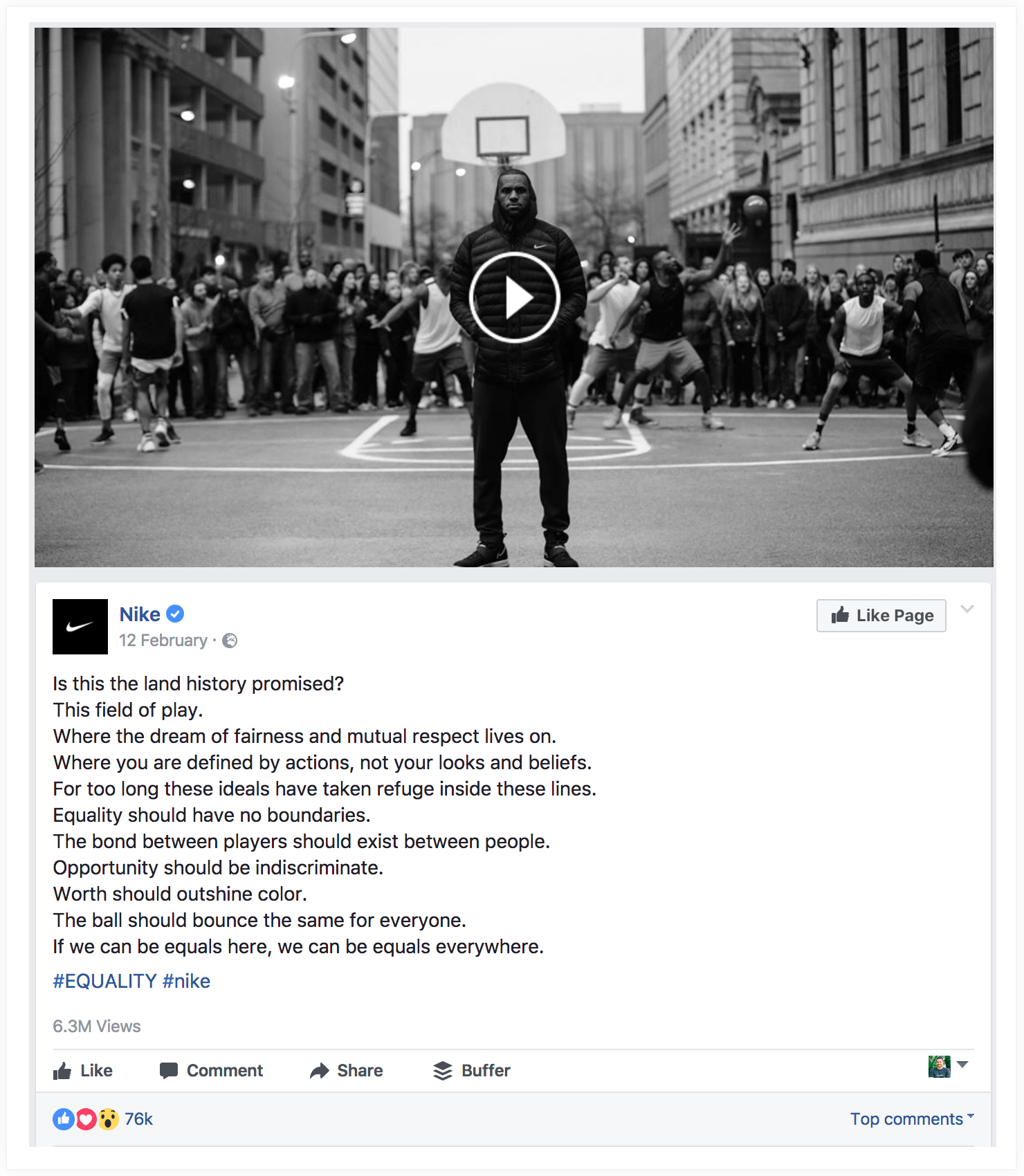
On Twitter, Nike has reduced the message to fit within Twitter’s 140 character limit and kept things simple by using the last line of the verse and embedding the accompanying video natively:

This theory was the driving force behind developing the new Tailored Posts in the Buffer browser extension. We wanted customers to be able to optimize their messages for each social network, in one go ?
How to craft the perfect post on each social network
How to create the perfect Facebook post

5 tips for crafting engaging copy for Facebook
No matter what type of post you’re sharing on Facebook, the copy you add alongside your content can be key in how it performs. Here’re a few tips to creating some awesome copy to boost your reach and engagement:
1. Experiment with post length
Facebook’s character limit on status updates is a whopping 63,206. However, when we studied Facebook post engagement a few years back we discovered that posts with 80 characters or less receive 66 percent higher engagement.
National Public Radio (NPR) also studied over 3,000 of their Facebook link posts and found that shorter posts (those under 120 characters) had higher click-through rates than longer posts (those above 280 characters). What’s also interesting is that NPR found longer posts received more “Other Clicks” such as clicks to “See More”.
It’s worth experimenting with both short and long posts to see what works best for your social media goals. It appears that short copy could work well for clicks, whereas longer copy could work better for engagement.
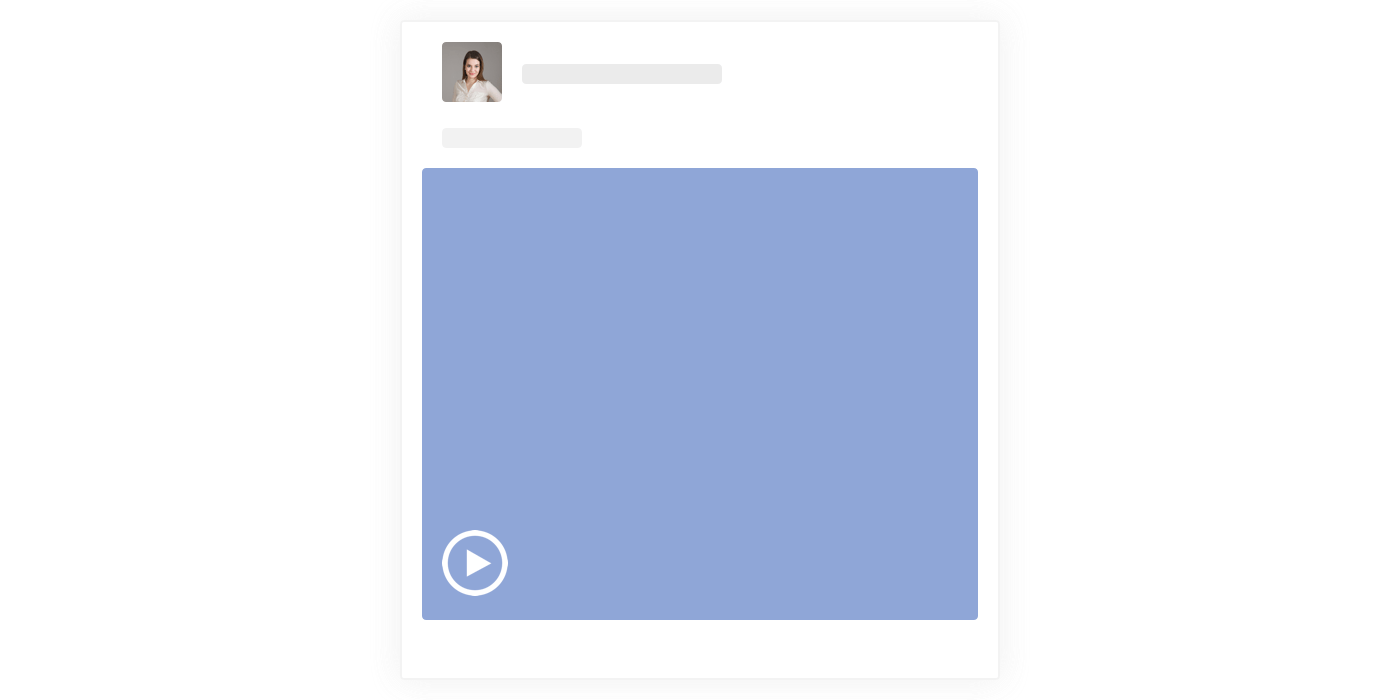
2. Ask a question
Questions are a great way to pique interest as someone scrolls through their Facebook feed. Questions can often turn an average status into a great one.
For example, instead of:
- Here’s our complete guide to Facebook Ads ❌
You could include a question to make the copy more interesting:
- Stuck on Facebook Advertising? We were, too! Here’s our complete guide ✅
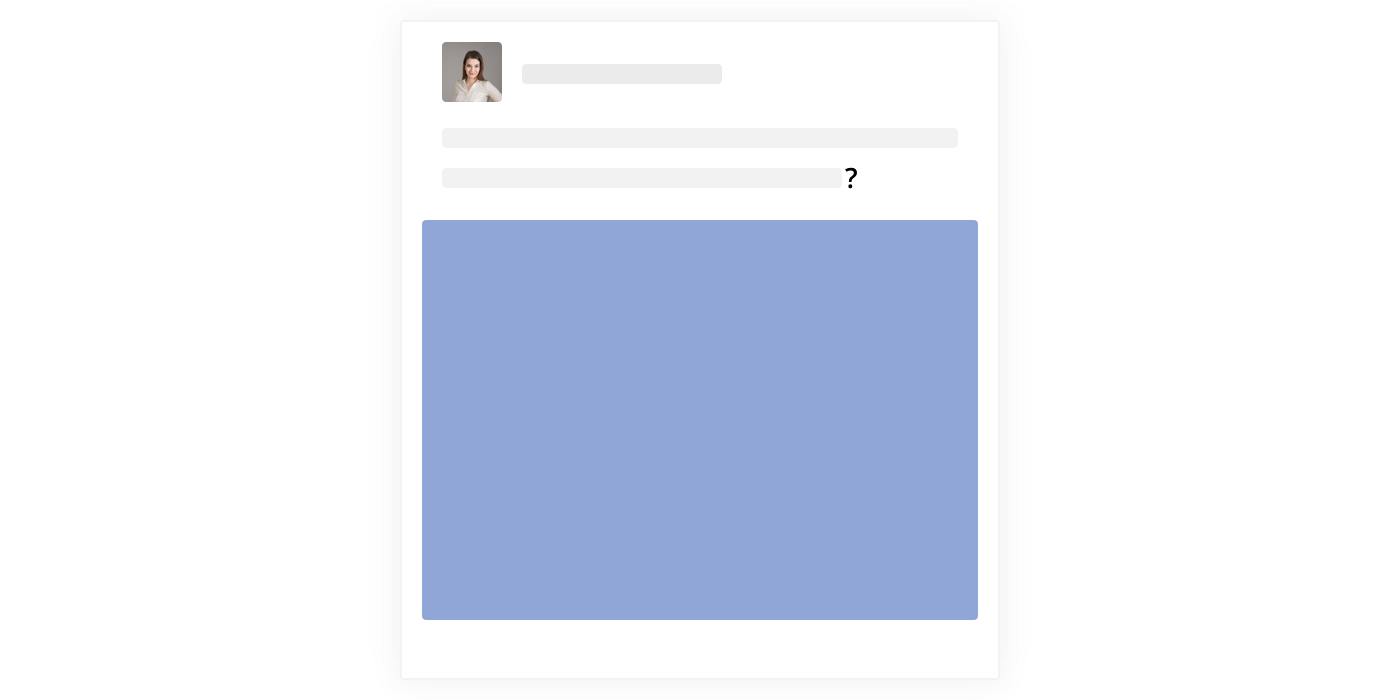
3. Use a list
Lists usually work well too for giving context and invoking intrigue. Try breaking out some of the key points from your Facebook post into a few quick bullet points to include within your status.
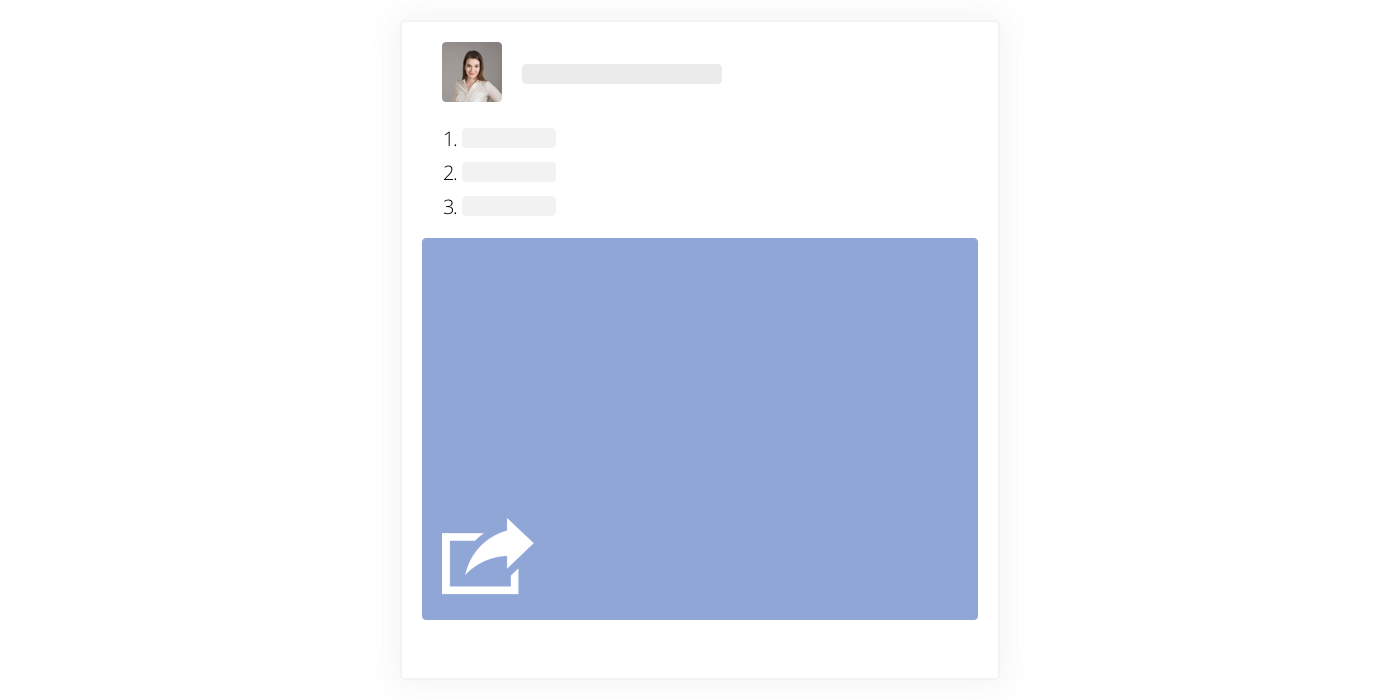
4. Add a quote from your content
Is there a cool stat or quote from the article? If so, you could use that and then give context to your post.
Whether you’re linking to a blog post, sharing a video or any kind of Facebook post, there might be some great quotes within the content you could pull out and add to your post.
For example: Rather than “83% of marketers plan on Instagram Ads” you could write “Did you know that 83% of marketers plan on Instagram Ads? Here’s how you can get ahead of the curve!”
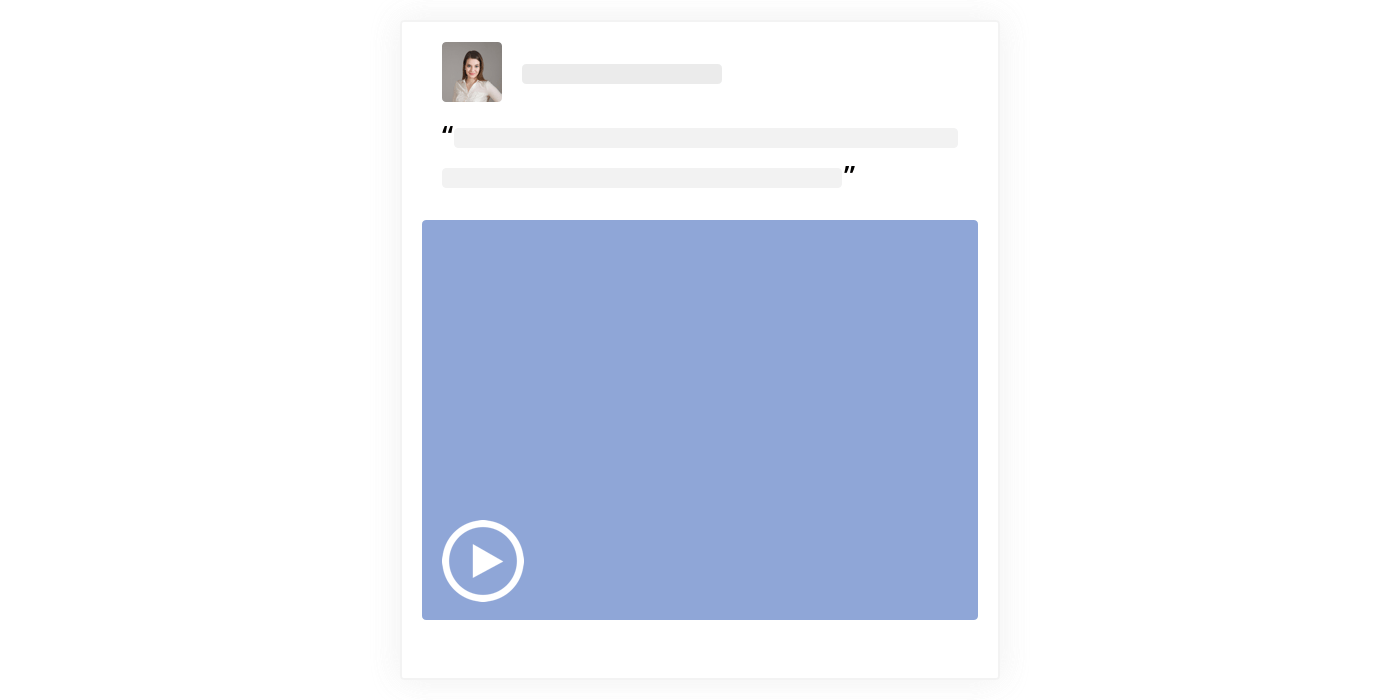
5. Include an emoji or two ?
Hubspot discovered that emojis in your post can increase likes by 57 percent, comments by 33 percent and shares by 33 percent over posts without them. Experiment with adding emojis to your copy to see how it affects enagement.
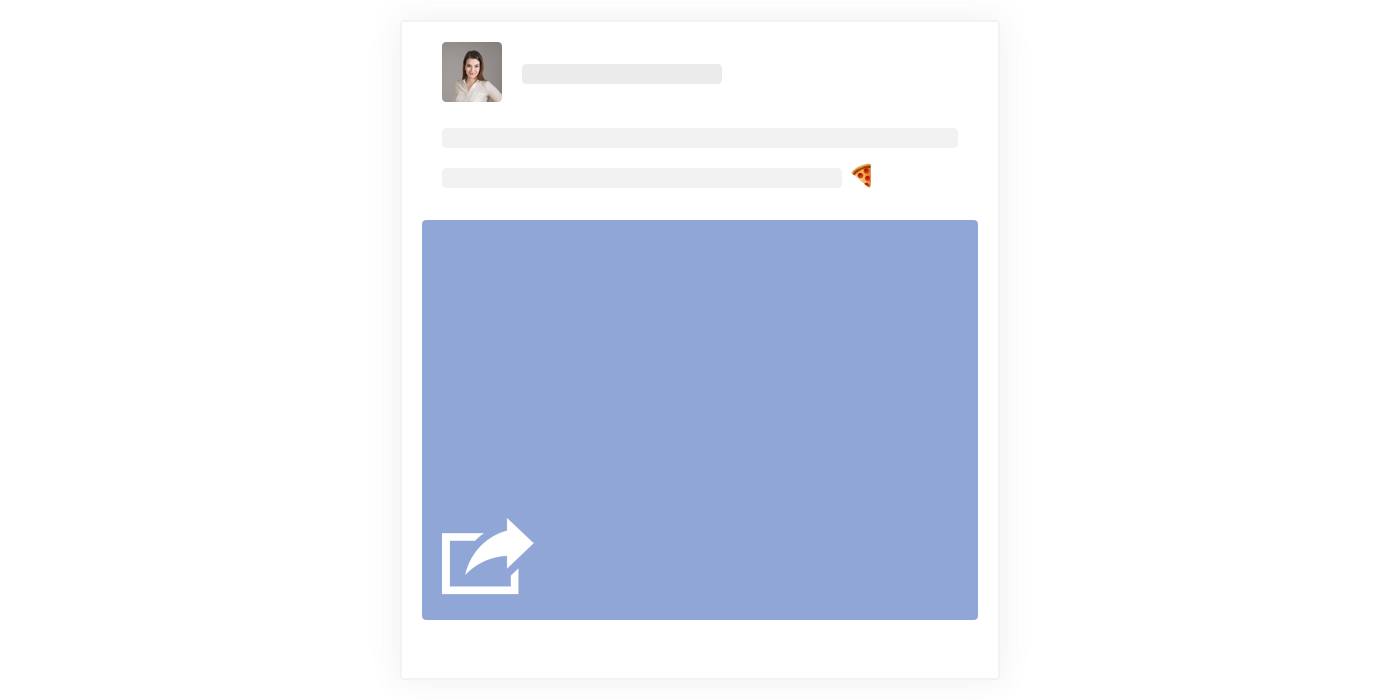
Ideal image sizes for Facebook
An incredible 300 million photos are uploaded to Facebook every day. For the best chance of standing out from the crowd and grabbing your audience’s attention as they scroll through their News Feed, the first thing to do is ensure your image sizes are spot on.
Here’s a quick overview of ideal images sizes for both shared images and link images on Facebook.
Shared image
An image is one of the most popular types of content to share on Facebook. When you share an image it’ll appear on your Page’s timeline and also in your followers’ News Feeds.
The recommended upload size for images on Facebook 1,200 x 630 pixels.
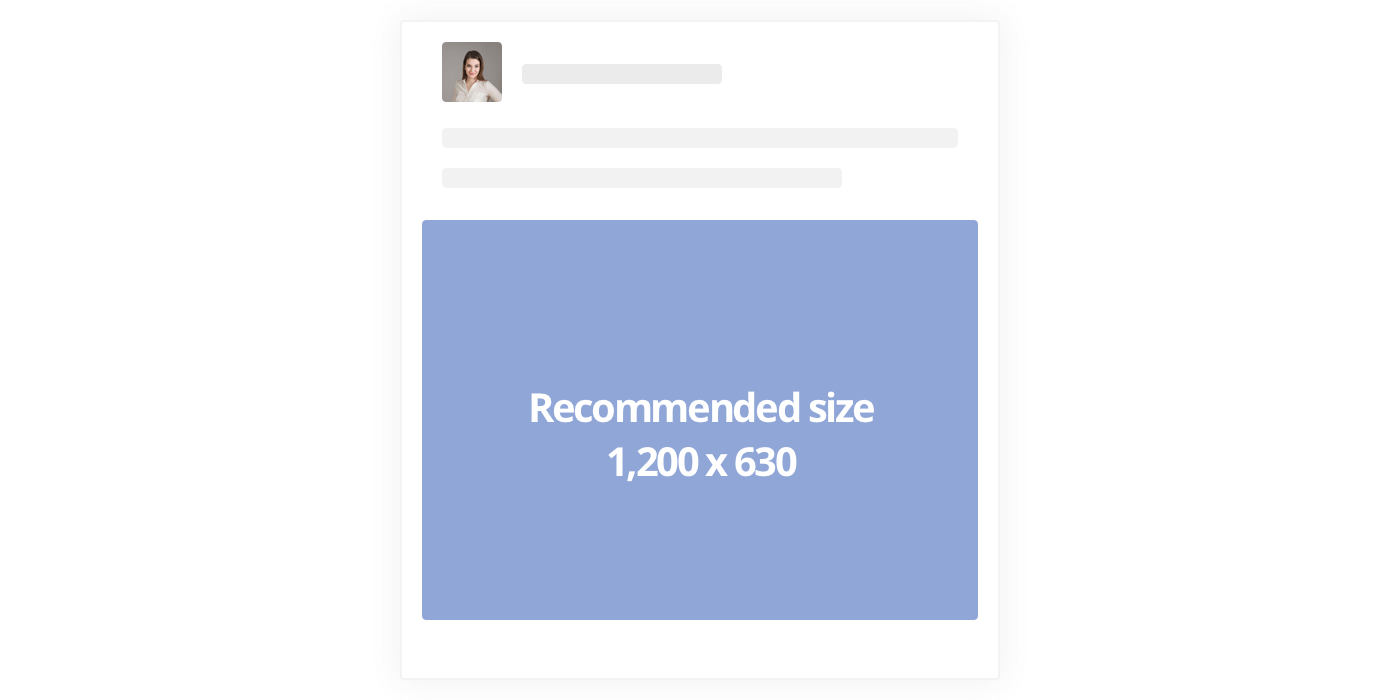
Shared link
Links are another popular way to share to Facebook. When you share a link to Facebook, the image specified within the webpage’s metadata will be pulled into your post automatically. The optimum size for a shared link image on Facebook is 1,200 x 627 pixels.
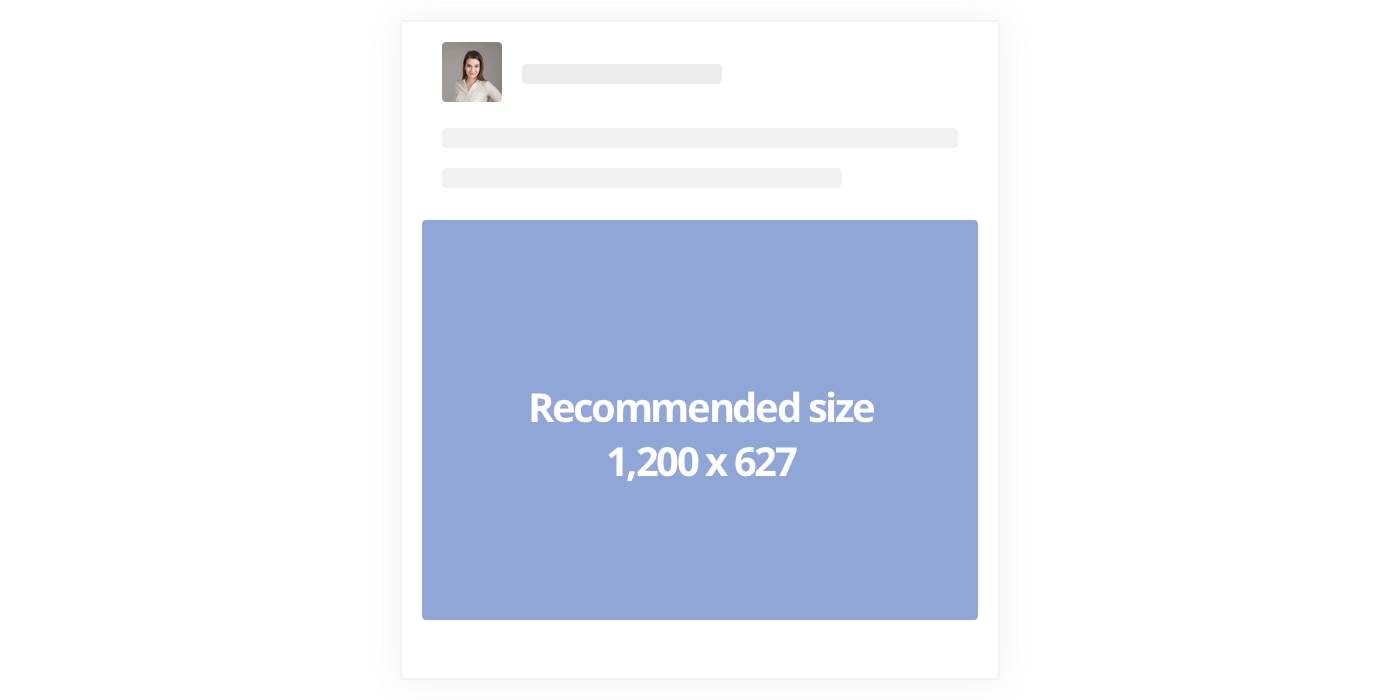
How to create the perfect Instagram post

Instagram captions are limited to 2,200 characters, and after three lines of text, they become truncated with an ellipsis.
Ideally, you want to grab the readers attention with your opening line or two in order to provide context to your post or encourage them to keep reading further through your caption.
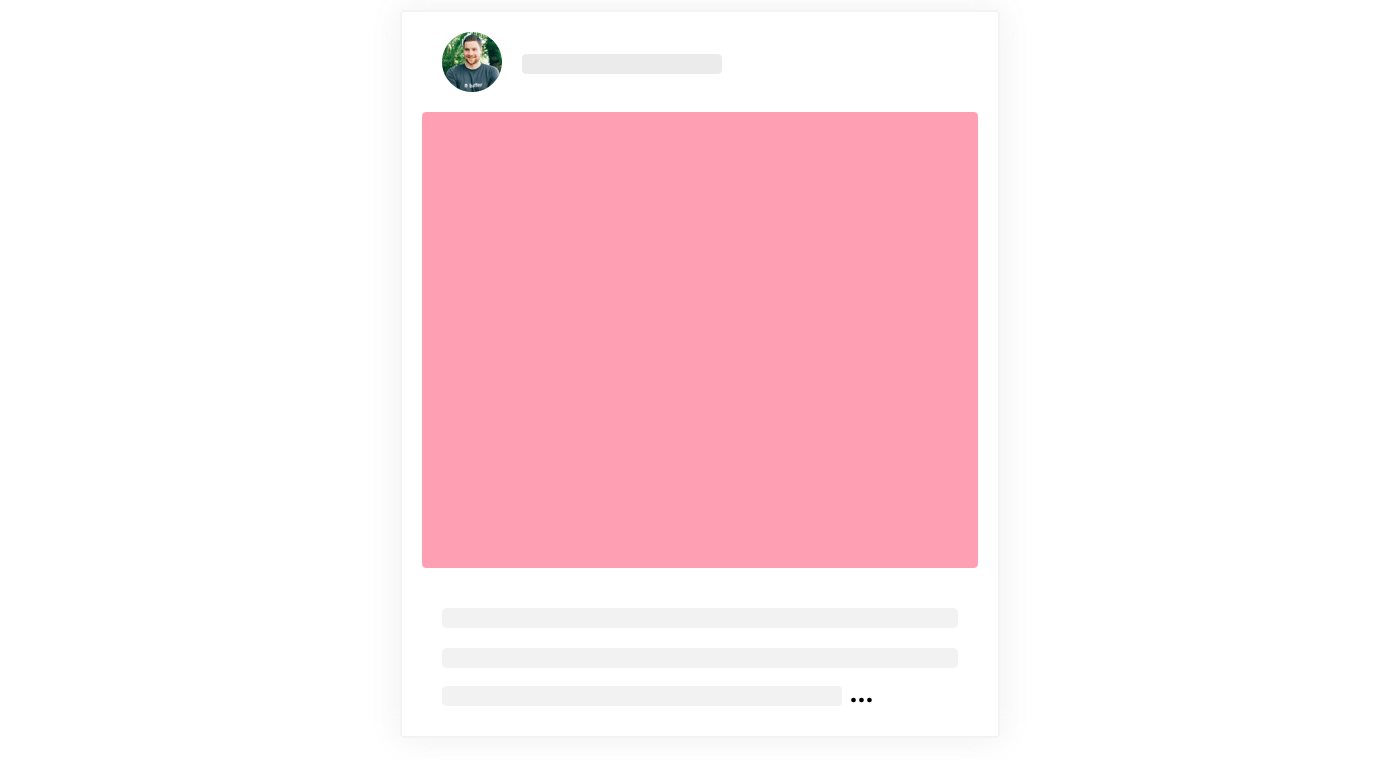
2. Experiment with micro-blogging
A new trend that’s growing on Instagram is to use the caption much like a short-form blog post to share valuable content with your audience.
Microblogging on Instagram allows you to elaborate a subject in more depth than a quick one or two line caption. For example, you could use Instagram captions to share:
- Tutorials: You could use the Instagram caption to share a tutorial or how to with your audience. For example, if you’re sharing an image some food, you could share the recipe in the caption.
- Tips and tricks: Bite-sized snippets related to the theme of your Instagram post. For example, accompanying an image of a beautiful workspace you could write about tips to create a productive work environment.
- Behind-the-scenes: Take your audience behind the scenes by using the caption to tell the story behind the image. For example, if you’re sharing an image of a team member, you could expand on their story of their role at the company.
A couple of examples of micro-blogging on Instagram include: Jordan Syatt (@SyattFitness) and Steve Babcock (@stevehappens).
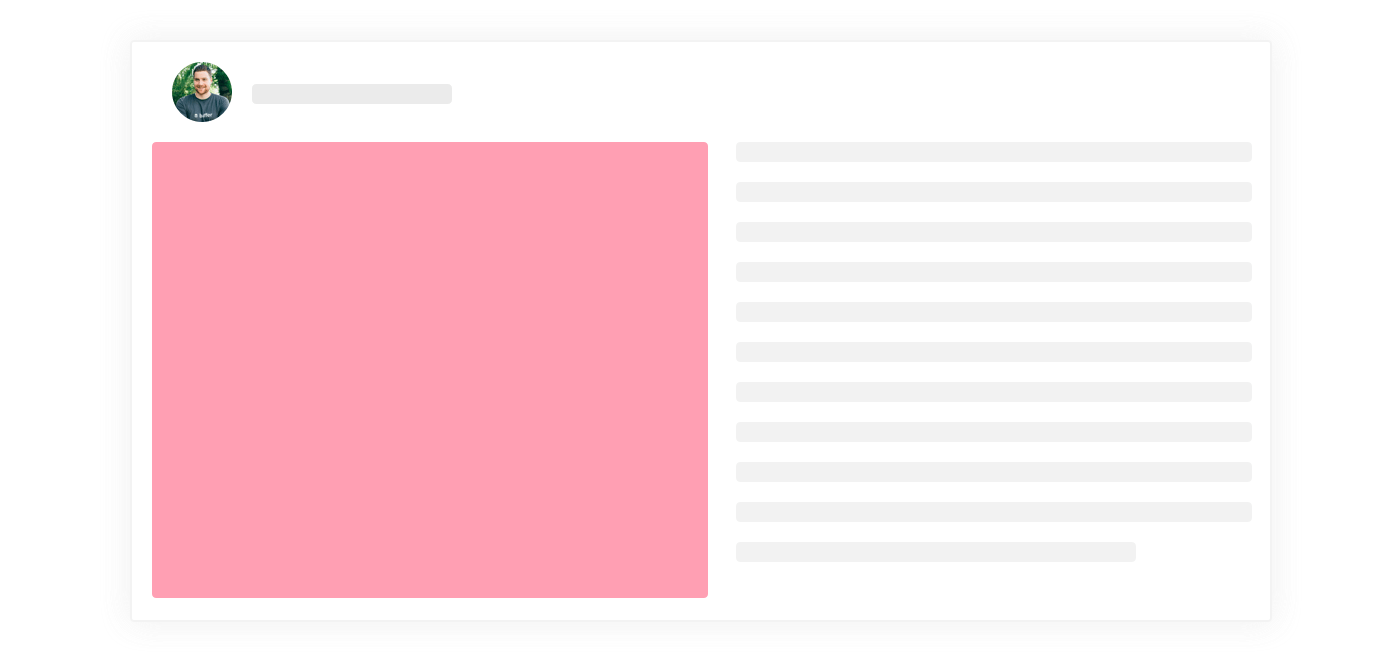
3. Add hashtags
Hashtags allow Instagrammers to discover content and accounts to follow. Research from Track Maven found that posts with over 11 hashtags tend to get more engagement.
Experiment with adding various hashtags to your posts and see how they affect your reach and engagement.
Top tip: If you would like to avoid adding too many hashtags to your caption, you can also add hashtags as comments.
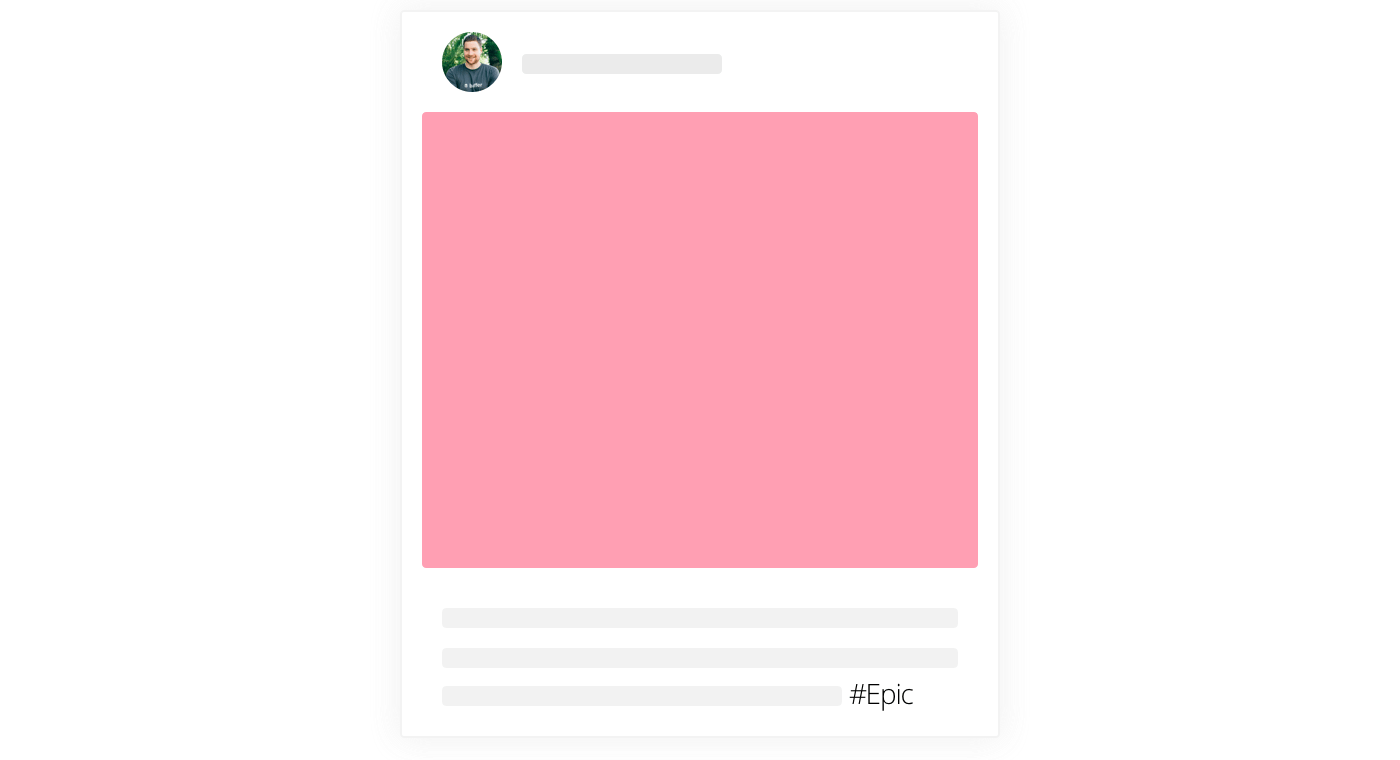
4. Encourage replies
Asking your followers to respond directly to your post is one of the best ways to increase engagement on your Instagram posts. For example, DRock captioned a recent Instagram post about sneakers: “I love sneakers. What’s your favorite sneaker? ❤️?”
Think about questions you can ask and ways you can encourage your audience to comment on your Instagram posts. Often, all it takes is a little nudge to get the conversation flowing.

Ideal image sizes for Instagram
You can now upload landscape (horizontal) or portrait (vertical) photos to Instagram as well as traditional square images. Here are the best sizes for Instagram’s three image types:
Square Instagram image
The ideal size for a square Instagram image is 1080px in width by 1080px in height.

Vertical Instagram image
The ideal size for a vertical Instagram image is 1080px in width by 1350px in height.
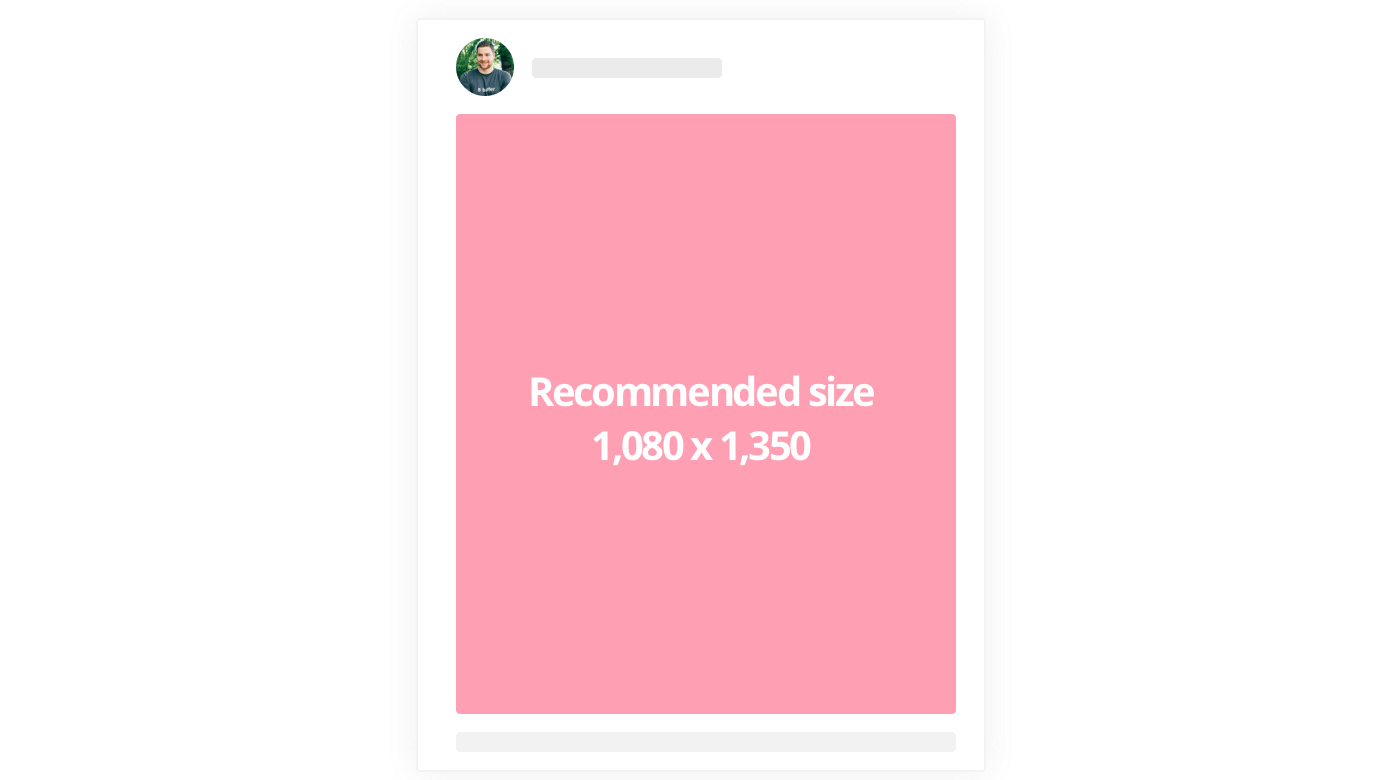
Horizontal Instagram image
The ideal size for a horizontal Instagram image is 1080px in width by 566px in height.
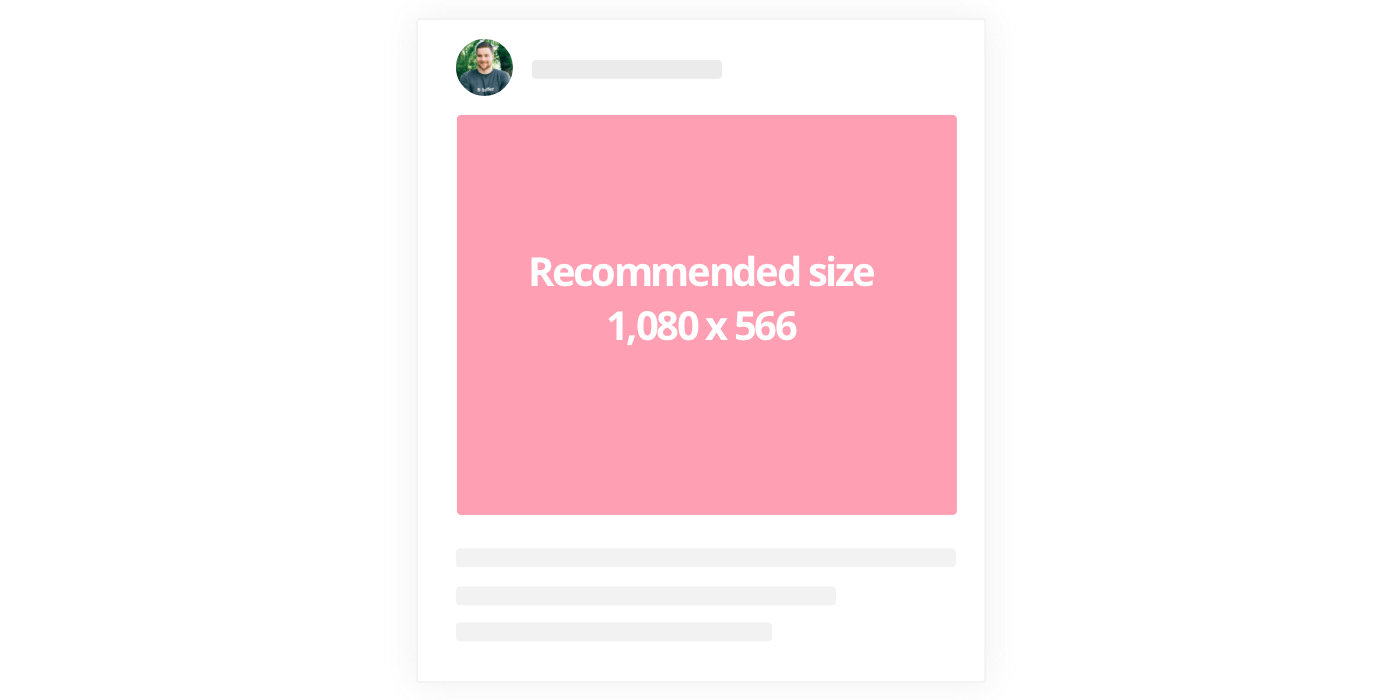
How to create the perfect Twitter post

4 tips for crafting engaging copy for Twitter
Minor tweaks to the copy in your tweets can drive huge improvements in your results. Here are 4 tips for creating awesome tweets:
1. Try to avoid using all 140 characters
Through rumors are always circling about Twitter’s character limit, tweets still come with a maximum of 140 characters. However, any images, videos, polls, or tweets that you quote don’t count against your 140 characters.
Buddy Media found that Tweets shorter than 100 characters get a 17 percent higher engagement rate. And more recently, Twitter shared that Promoted Tweets with 40-60 characters of copy result in a much lower CPA than longer Tweets.
If you want to make an impact with your copy, try to keep it as short as possible.

2. Avoid too many distracting hashtags
Twitter is where hashtags exploded into mainstream internet culture, but interestingly, jamming a number of hashtags into your tweets probably won’t drive too many clicks.
Joe Wadlington explains more on Twitter’s Business blog:
Hashtags link to all the other mentions of that phrase, and are useful if you’re focused on engagement. But, if your goal is have people go to your website or follow your account, you don’t want to risk someone clicking on a hashtag instead of your call-to-action.
Think about the purpose of your post before you add any hashtags. If you’re looking for this post to reach new audiences or trying to boost engagement, a hashtag or two can make sense. But if you’re looking for clicks from your existing audience, it could be best to not use hashtags at all.

3. Rewrite headlines when sharing links
When sharing a link to Twitter, think about alternate headlines you could share or ways you could use some key quotes or stats from the post within your 140 characters.
When links are shared to Twitter, the headline is displayed within the Twitter card and it can be good to avoid repeating it in your tweet, too.
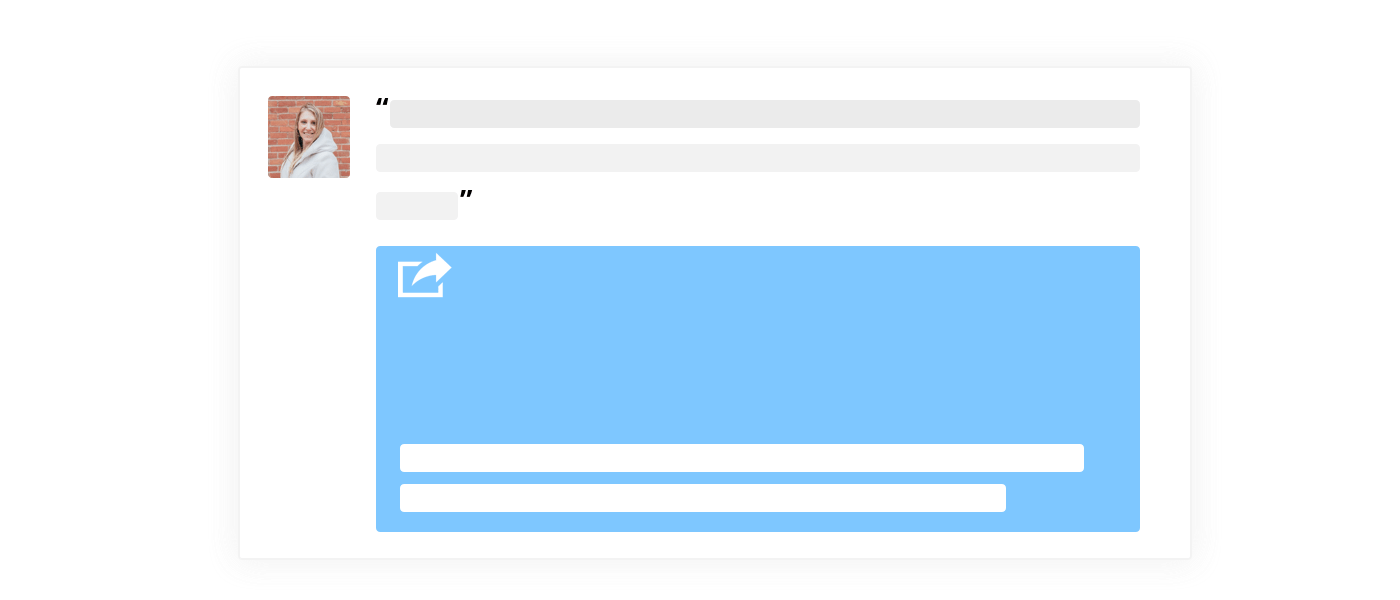
4. Tell the reader if your content is “new”
Twitter is all about real-time and in-the-moment content. When people open up their timelines they’re often looking to discover what’s going on in the world that they care about.
With Twitter Ads, tweets that mention “new” products or services achieve a 10 percent lower CPA and a 26 percent lower cost-per-link-click (CPLC) and we believe the same to be true for oragnic, non-promoted tweets.
If you want to boost your clicks and engagement, tell your audience when something is “new”.

Ideal image sizes for Twitter
Images now appear uncropped on Twitter, so you can experience and present them as they were meant to be viewed. The minimum display size for an image on Twitter is 440 x 220.
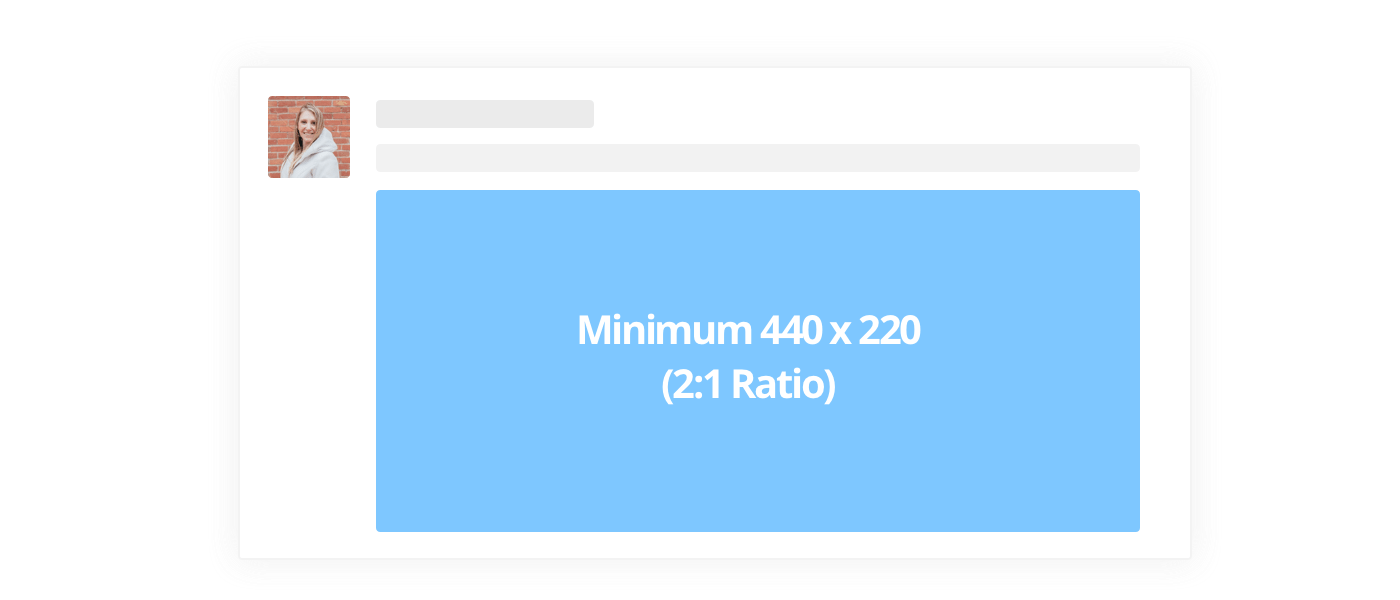
Here are some recommended guidelines for Twitter images:
- Minimum image size 440 x 220 pixels (a 2:1 ratio)
- You can tweet up to 4 images within one tweet
- Maximum display size 1024 x 512 pixels
- Photos can be up to 5MB; animated GIFs can be up to 5MB on mobile, and up to 15MB on web
- You can upload GIF, JPEG, and PNG files
- Your photo will be automatically scaled for display in your expanded Tweet and in your user gallery
At Buffer, we tend to make our images 1024 x 512 pixels for Twitter.
Crafting the perfect message with Tailored Posts in the Buffer browser extension
We now know the importance of tailoring your message to each social platform you’re sharing on, but there hasn’t always been a great way to do it.
Traditionally, the two options for doing this are either to go to each network individually for each piece of content or repeatedly open the Buffer composer (or any other tool you may use) and share to one network at a time. We wanted to improve that.
With Tailored Posts, you can open it on any web page and instantly have a starting point ready for you to customize your post for each network.
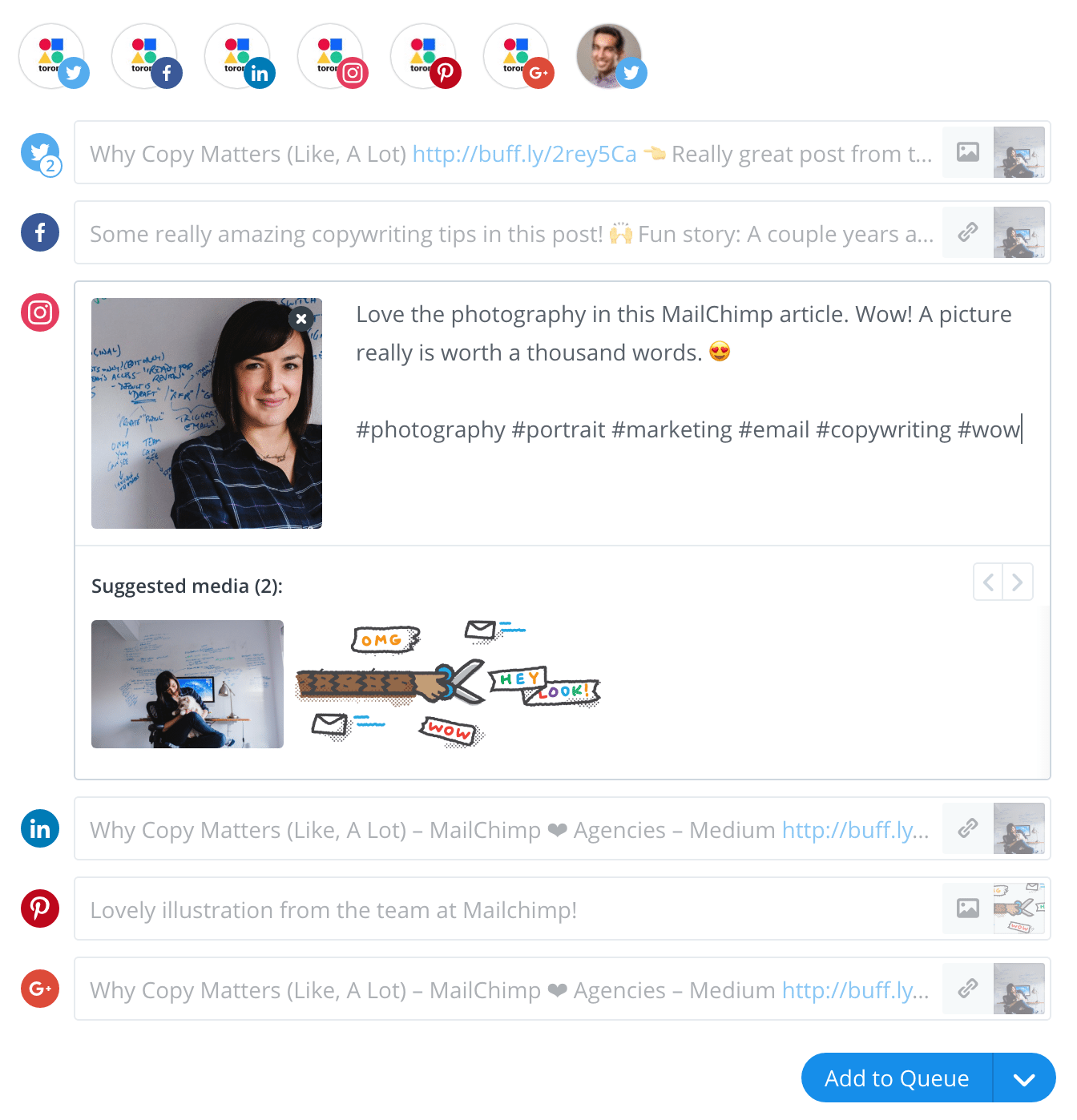
We hope the new update makes it simpler for you to handle varying character limits, media attachments, tagging others across networks, and more. Tailored Posts also has a bunch of useful features, including:
Customize your posts for each social network
Create unique and authentic messages for each social network. With Tailored Posts, it’s easy to change your message between profiles for any given post.
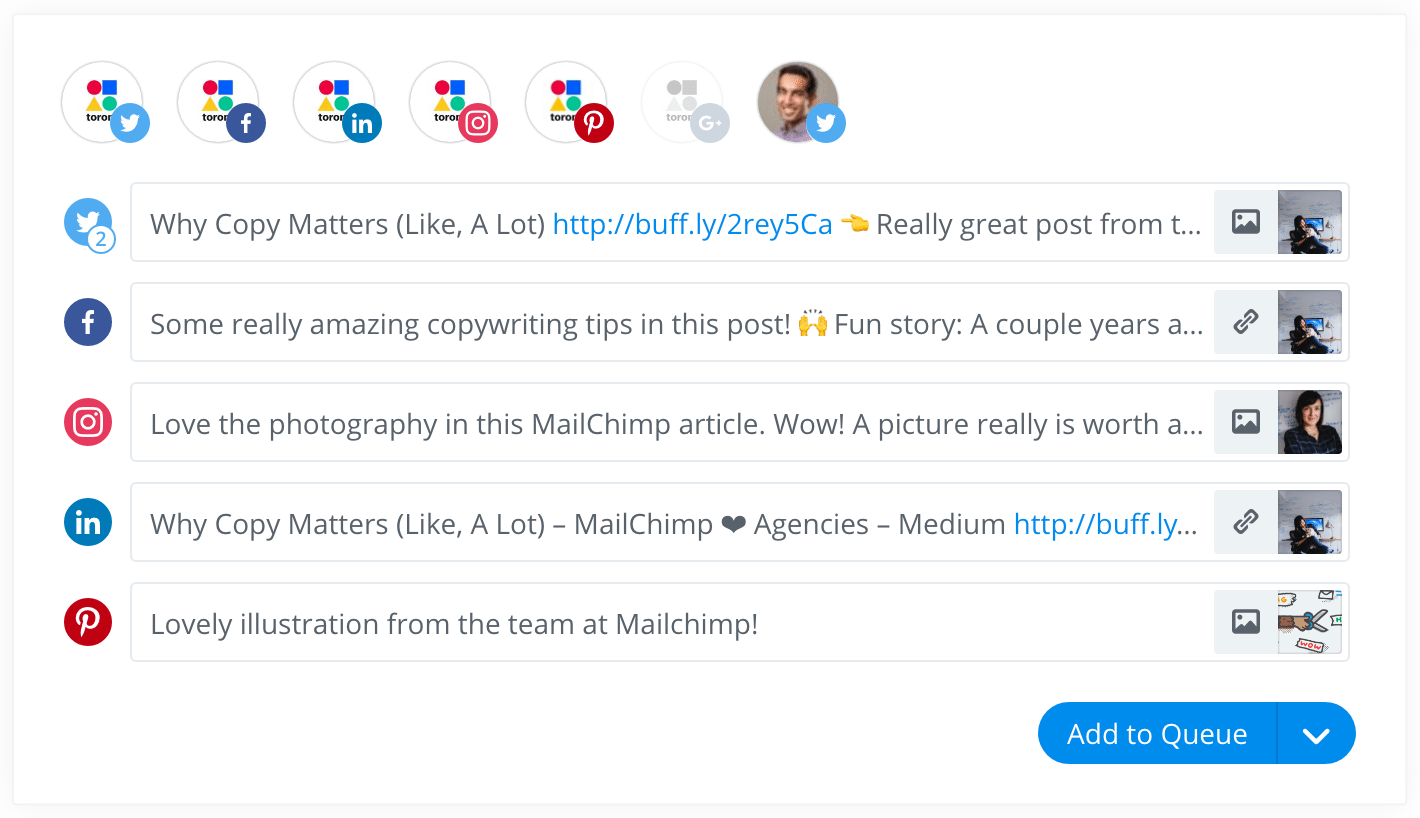
Share unique images & video
Use unique images and videos with appropriate sizes on each social platform.
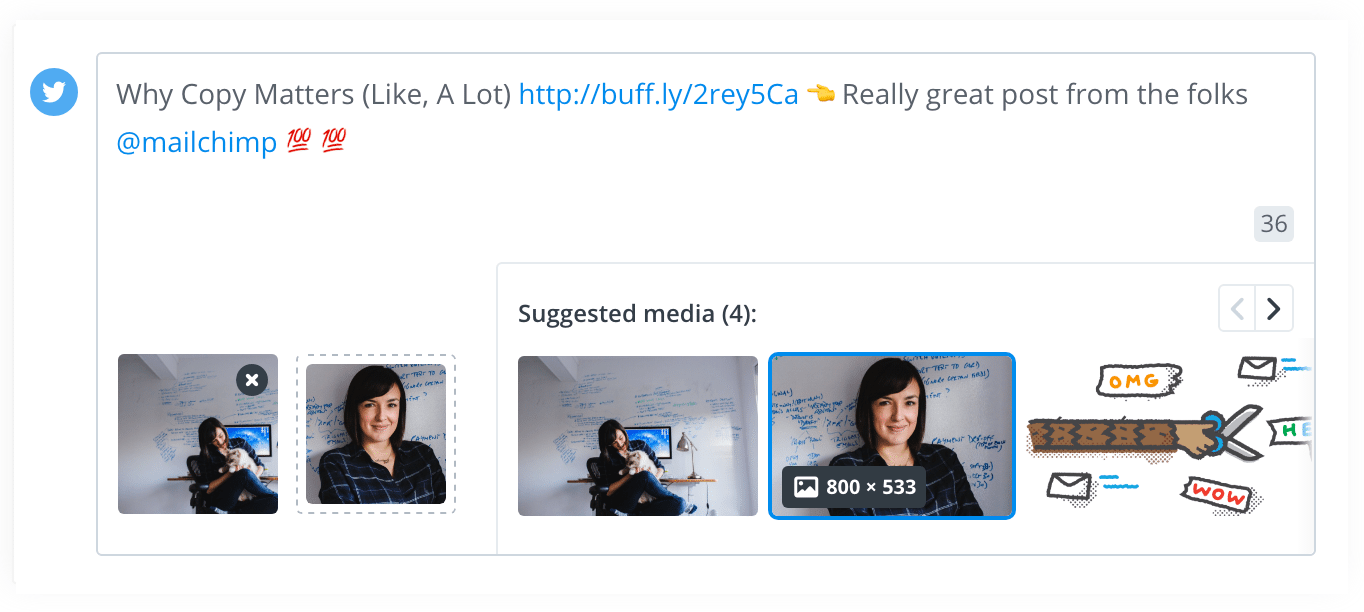
Learn more about Tailored Posts
Over to you
It’s amazing to think about all the possibilities and various ways you can share your content across social media platforms.
How do you share your tailor your content to each social network?
I’d love to hear any tips and ideas you’ve used that I might not have mentioned here in this post. Feel free to share your future ideas as well! Looking forward to hearing from you.
Try Buffer for free
140,000+ small businesses like yours use Buffer to build their brand on social media every month
Get started nowRelated Articles

Pinterest is such a great platform for finding inspiration or researching brands and products.. With more than 498 million users and over 1.5 billion Pins saved every week, there’s always something new to cook, craft, buy, read, or be inspired by on the social network for visual content. For businesses or individuals looking to build or grow a presence on Pinterest, consistently posting valuable and interesting Pins is a great Pinterest marketing strategy to help people discover and share your
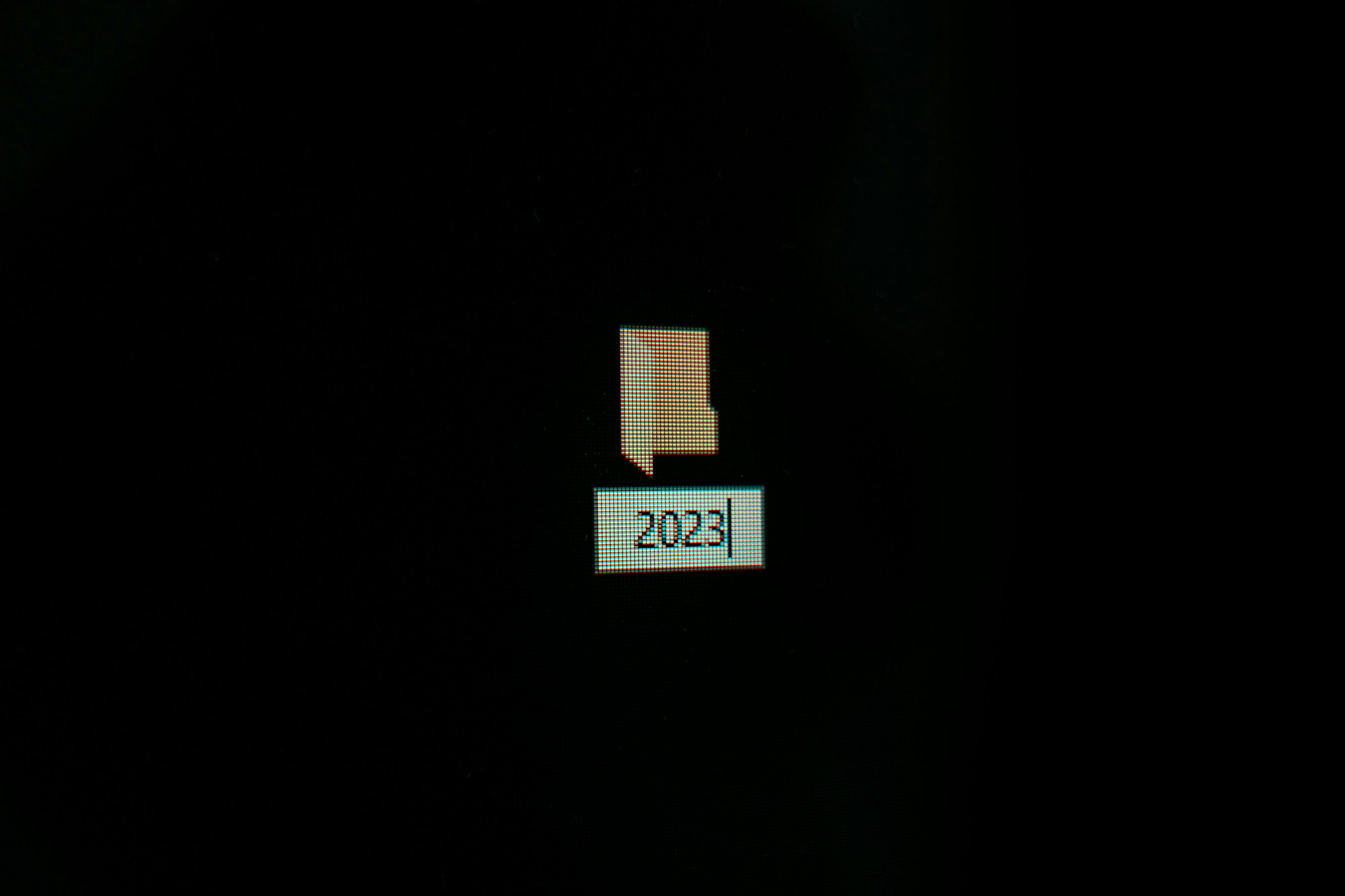
In total 26 new features were added to Buffer in 2023. Here are some of the things you may have missed—plus a look at what's to come in 2024.
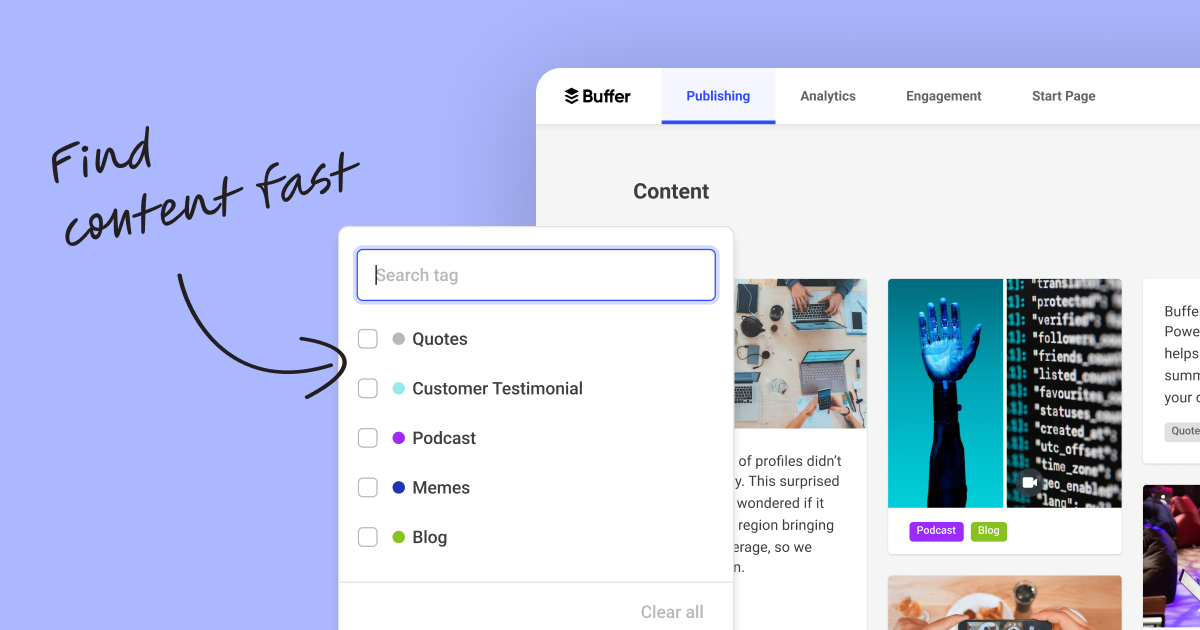
Organize all of your ideas in one place with Buffer's new tagging feature. Manage your creative output. Track the success of different types of content. And build a searchable library of content.
